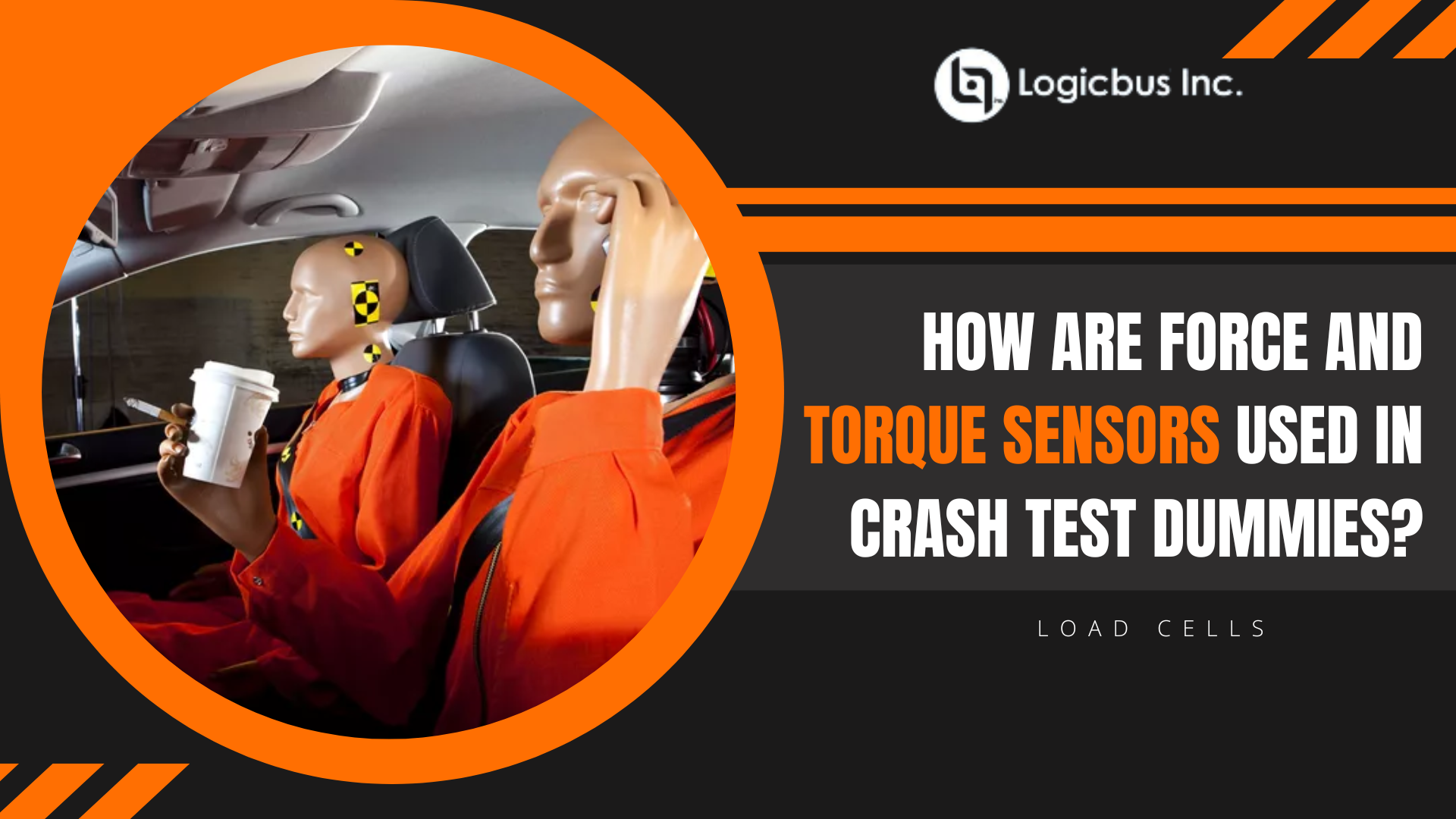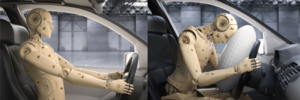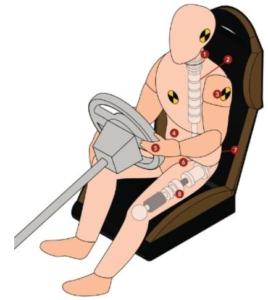Application Summary
How are force and torque sensors used in crash test dummies? A crash test dummy, commonly known as an anthropomorphic test dummy (ATD), is a high-precision automotive test device that is used to measure the potential for human injury in simulated vehicle crashes. It simulates the dimensions, weight ratios, and joints of the joints and limbs of a human body during a traffic collision.
ATDs are equipped with fictitious crash test sensors mounted on the joints and limbs of the main body. They are also equipped with a data acquisition system capable of recording impact velocity, chest displacement, deceleration rates and high-frequency forces exerted on the test dummy in several cases.
For example, the sensor on the torso of a crash test dummy records the magnitude and direction of the net force acting on the mannequin. Researchers and test engineers then use the data collected to predict injuries in a crash and develop safer, more ergonomic vehicles.
Prior to the development of crash test dummies, carcasses, animals, and live humans were used to test safety features. As engineers learned to instrument mannequins with transducers to measure force, acceleration, impact, and displacement, they understood how they could predict injuries such as rib fractures, chest compressions, concussions, broken bones, muscle and soft tissue injuries.
A modern crash test dummy has more than 200 force, torque and acceleration shock test sensors mounted throughout the body.
How it works?
- Low neck: QMA series force transducer 3
- Back: QMA Series 3 Force Transducer
- Shoulders: QMA Series 3 Force Transducer
- Abdomen: QLA Series Load Cell
- Knuckles: QLA414 Force Nanosensor
- Pubis: QLA Series Load Cell
- Lumbar: QMA 3 series force sensor
- Femur: 6 QMA series force sensor
Products in use
- QMA Series 3 QMA
- Force Transducer QLA Series
- Load Cell QLA414
- QMA Series Force Transducer
Visit our website:
www.logicbus.com




sales@logicbus.com | support@logicbus.com | +1 619 616 7350 | Start conversation



